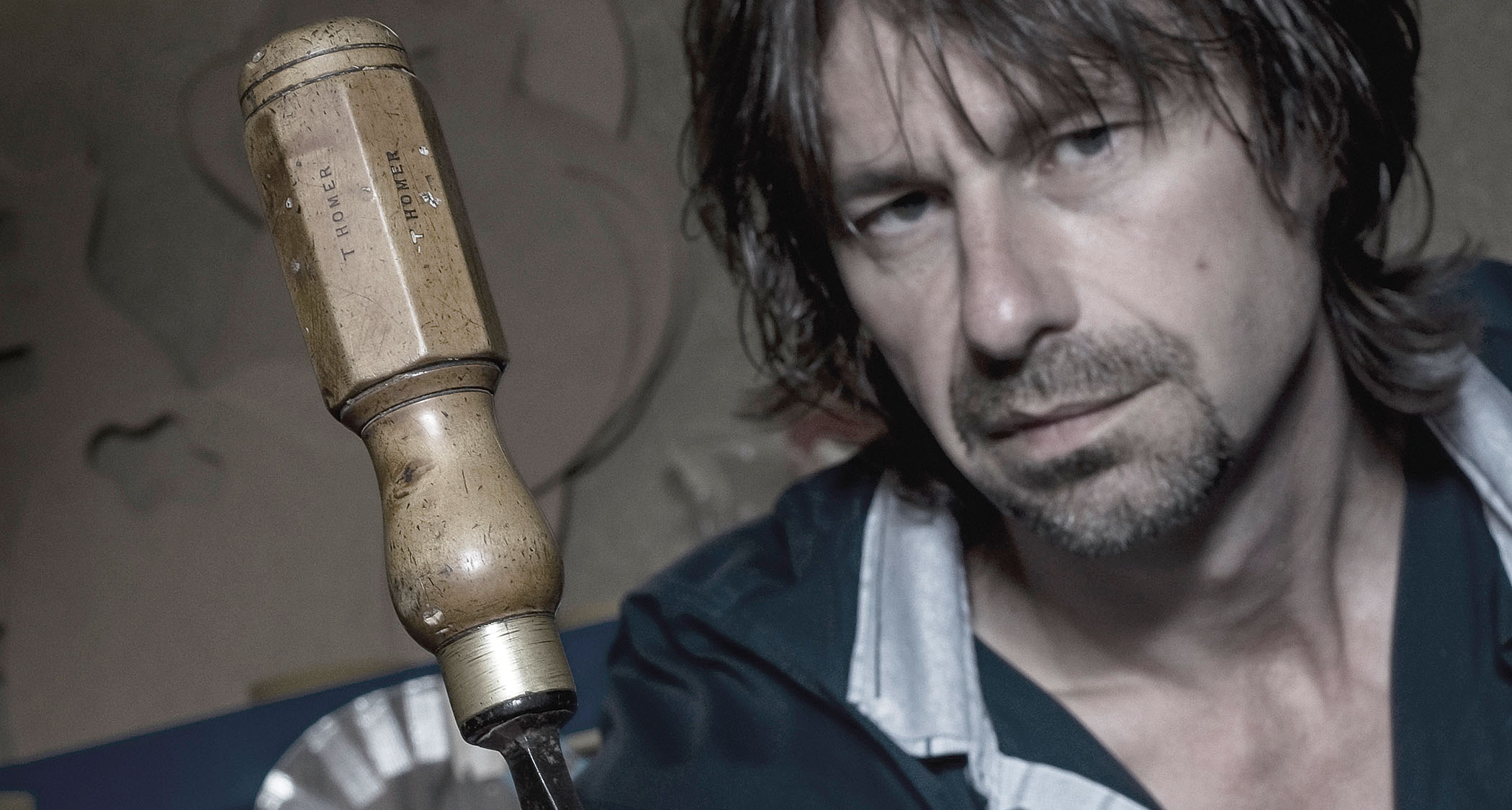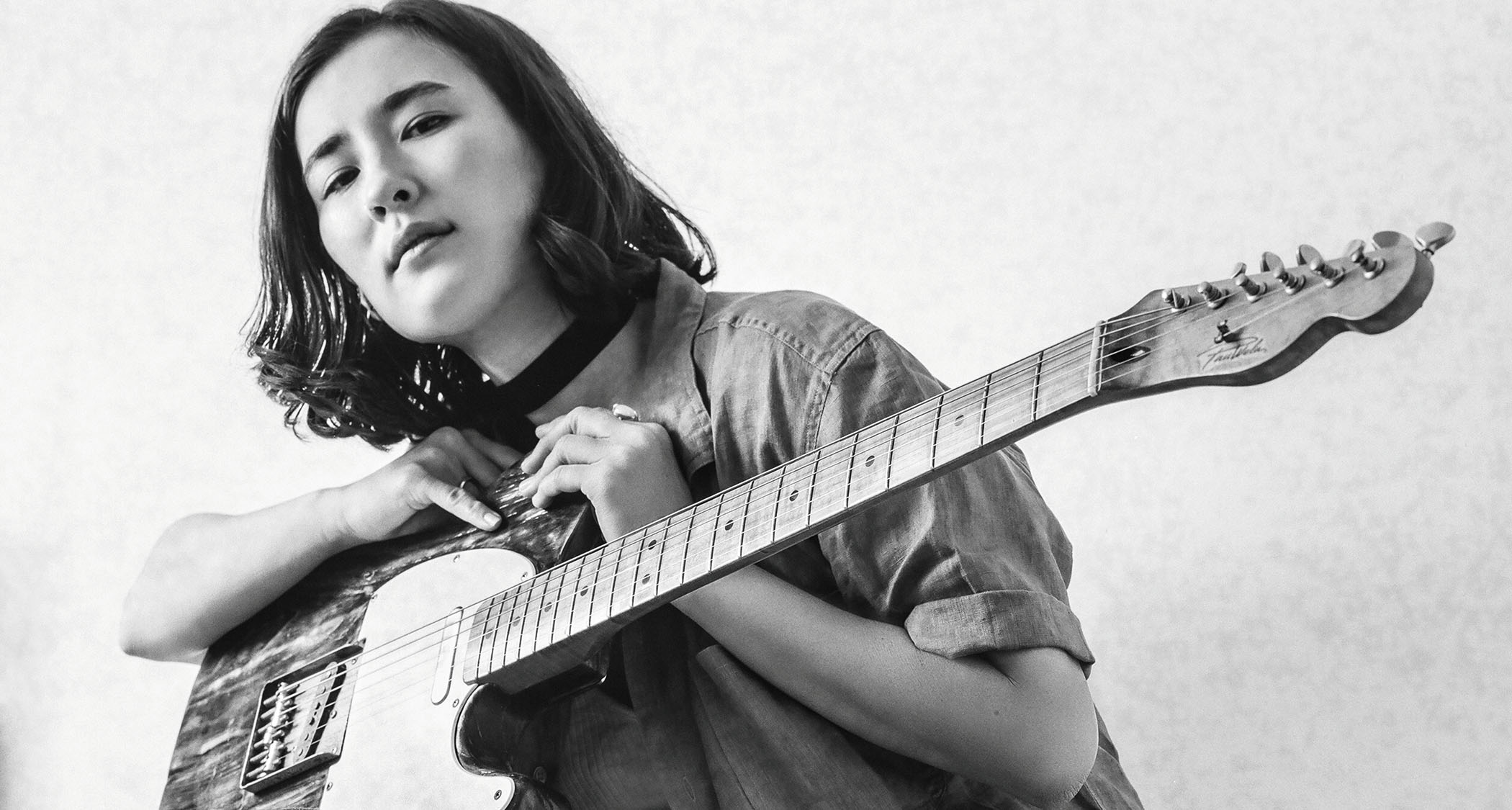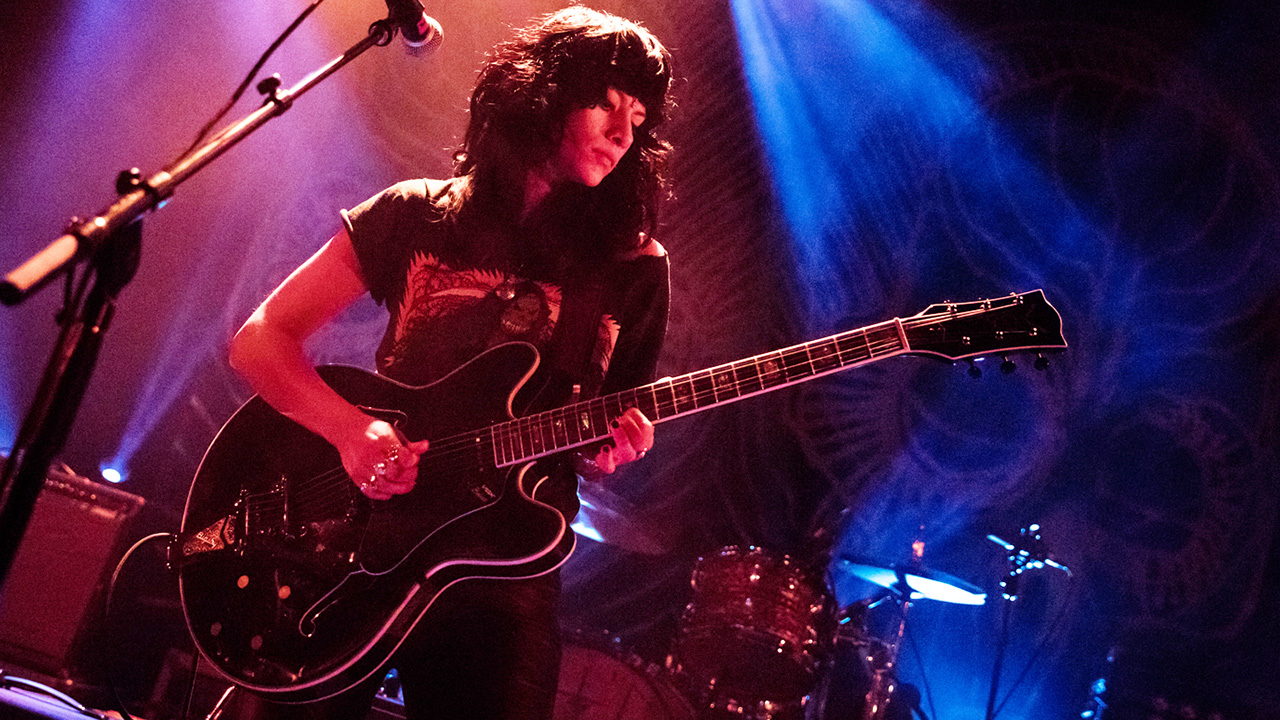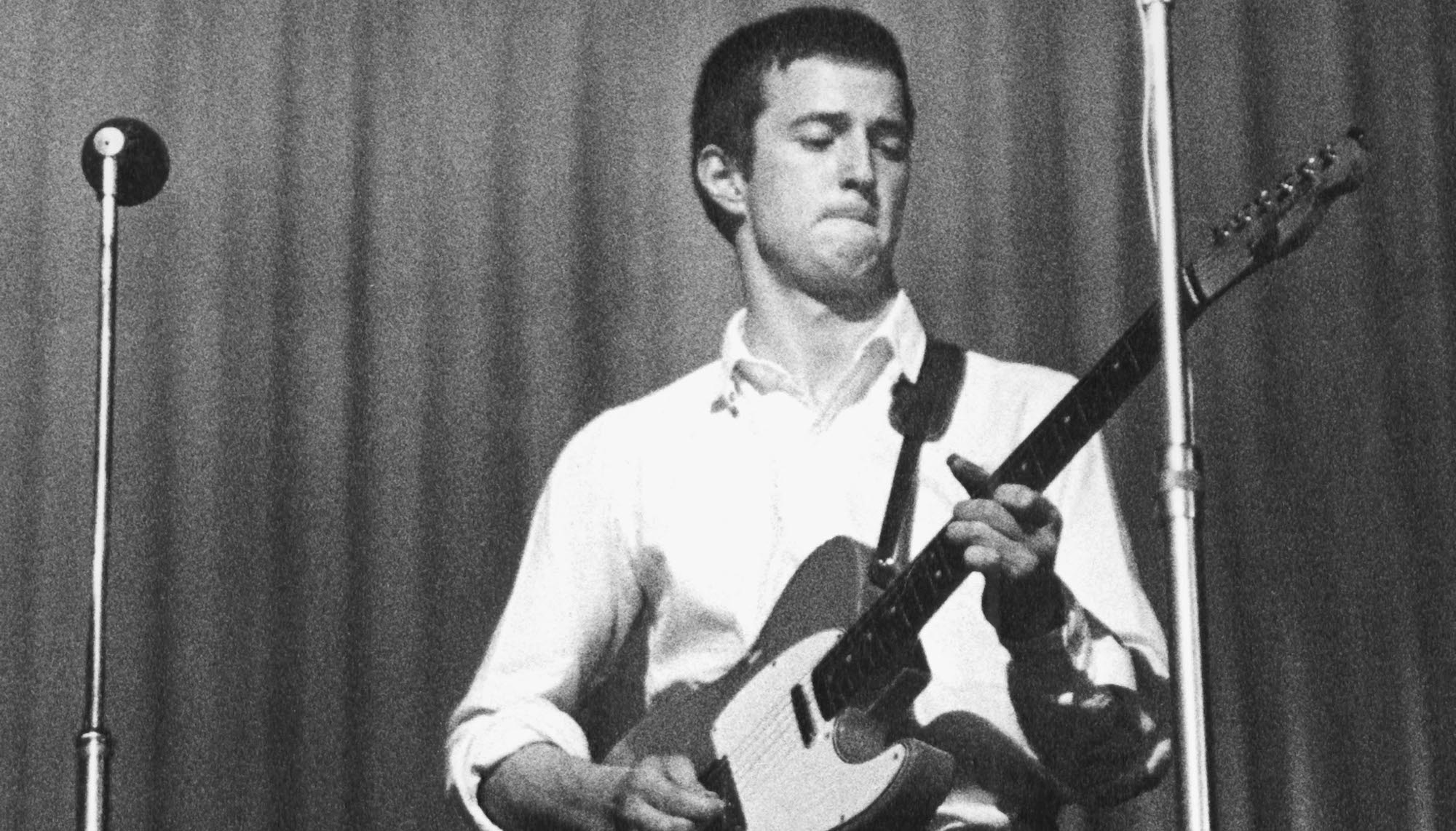“For someone like Hendrix, who had known poverty, it had to be exhilarating to think, ‘I’m on the cusp of this unimaginable place’”: The remarkable untold story of Jimi Hendrix’s Electric Lady Studios – from the man who helped him build it
Founded by Hendrix just months before his death, Electric Lady Studios was a mind-expanding creative mothership where his guitar playing reached new heights...
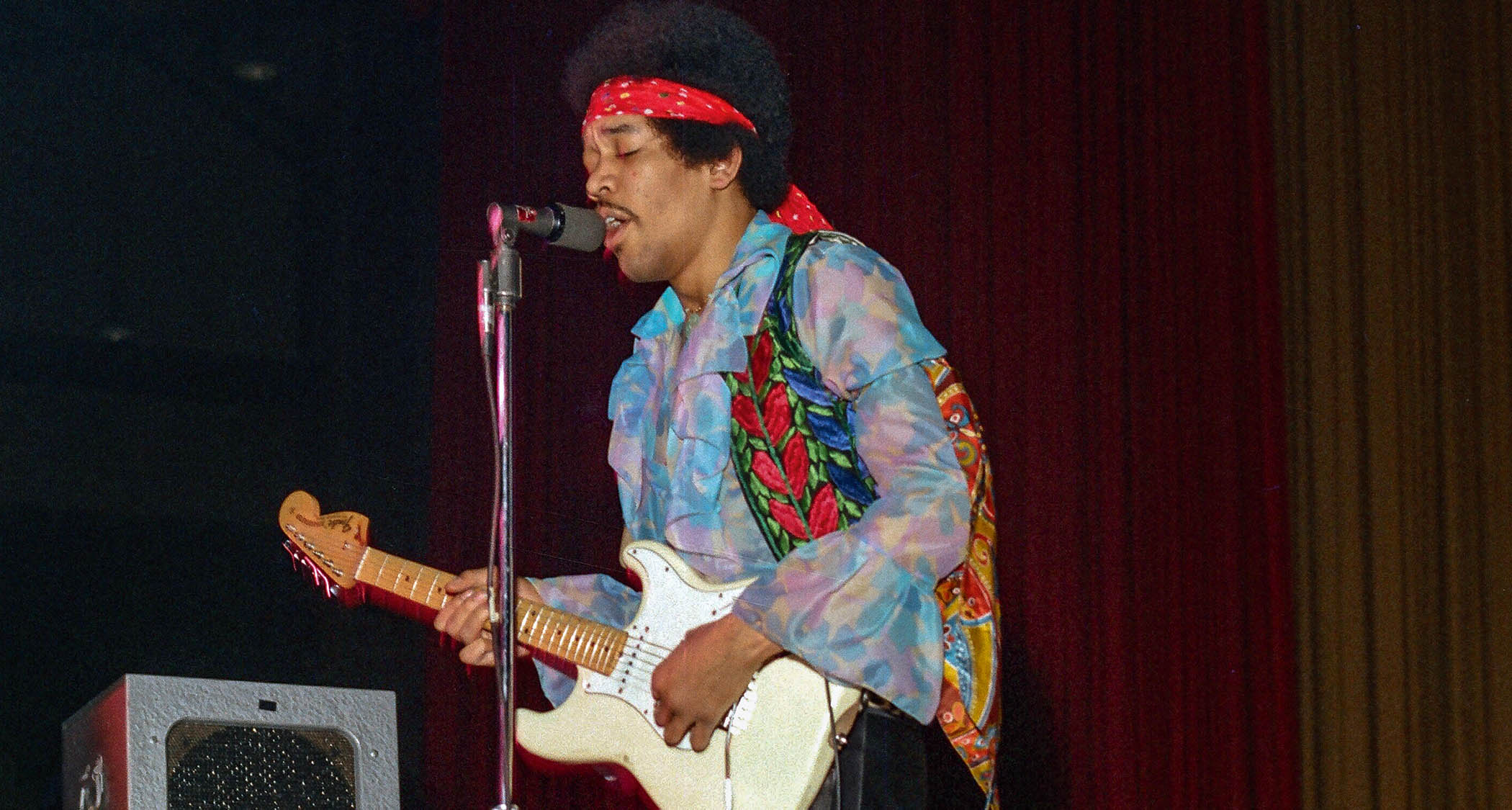
Take a walk down New York’s 8th Street in modern times and you’ll find barely a sniff of the ’60s counterculture that once pulsed in this neighbourhood. There is just one last holdout against the gentrification of Greenwich Village.
Blink and you’ll miss the mirrored gunmetal door. Yet beyond it lies the city’s most fabled recording studio, conceived by Jimi Hendrix in the late ’60s, operational by summer 1970, and the scene of the guitarist’s final creative burst before his death that September.
By now, everybody knows about Hendrix’s 1966 touchdown in London and the shifting of rock’s tectonic plates, about this Seattle-born sonic terrorist’s onstage humbling of Clapton, and the breakout Bag O’ Nails show that forced Britain’s guitar class to give up or get serious.
By contrast, one chapter that has never been trawled to death is the birth of Electric Lady Studios. And that’s a curious oversight because the story of this recording facility has everything, from quixotic ambition and ruinous debt, to last-gasp redemption and some of Jimi’s most beautiful music.
Now, at last, the guitarist’s spiritual home is getting its due with director John McDermott’s fantastic new documentary, Electric Lady Studios: A Jimi Hendrix Vision.
“It’s the history of how we put the damn place together, which was kind of a miracle when you think about it,” says Hendrix’s famed engineer Eddie Kramer, as he joins our Zoom call. “It was basically a bunch of hippies who thought they knew what they were doing. And I guess we did…”

The story goes that Electric Lady was originally going to be a nightclub?
Get The Pick Newsletter
All the latest guitar news, interviews, lessons, reviews, deals and more, direct to your inbox!
Eddie Kramer: “Well, that was Jimi’s thing. He loved to jam. He loved to go down to the Generation Club, as a place to hang – and he would always jump on the stage, no matter what was going on. So one day I get the call saying, ‘We’re gonna build a nightclub in the Village.’ And I’m looking at the site, thinking, ‘This is a great space. But what about what Jimi’s been doing for the past year, spending money day after day at the Record Plant, The Hit Factory, wherever?’
“I mean, thank goodness he did that because it meant we had a huge body of material to work with. But, you know, he was spending hundreds of thousands of dollars on studio time. So I came up with a proposal: ‘Let’s make this the best studio in the world for Jimi. It’s gonna be his home, he’ll love it, it’ll be a place he can relax and create.’ And they went, ‘Yeah, good idea. Okay, let’s do that.’”
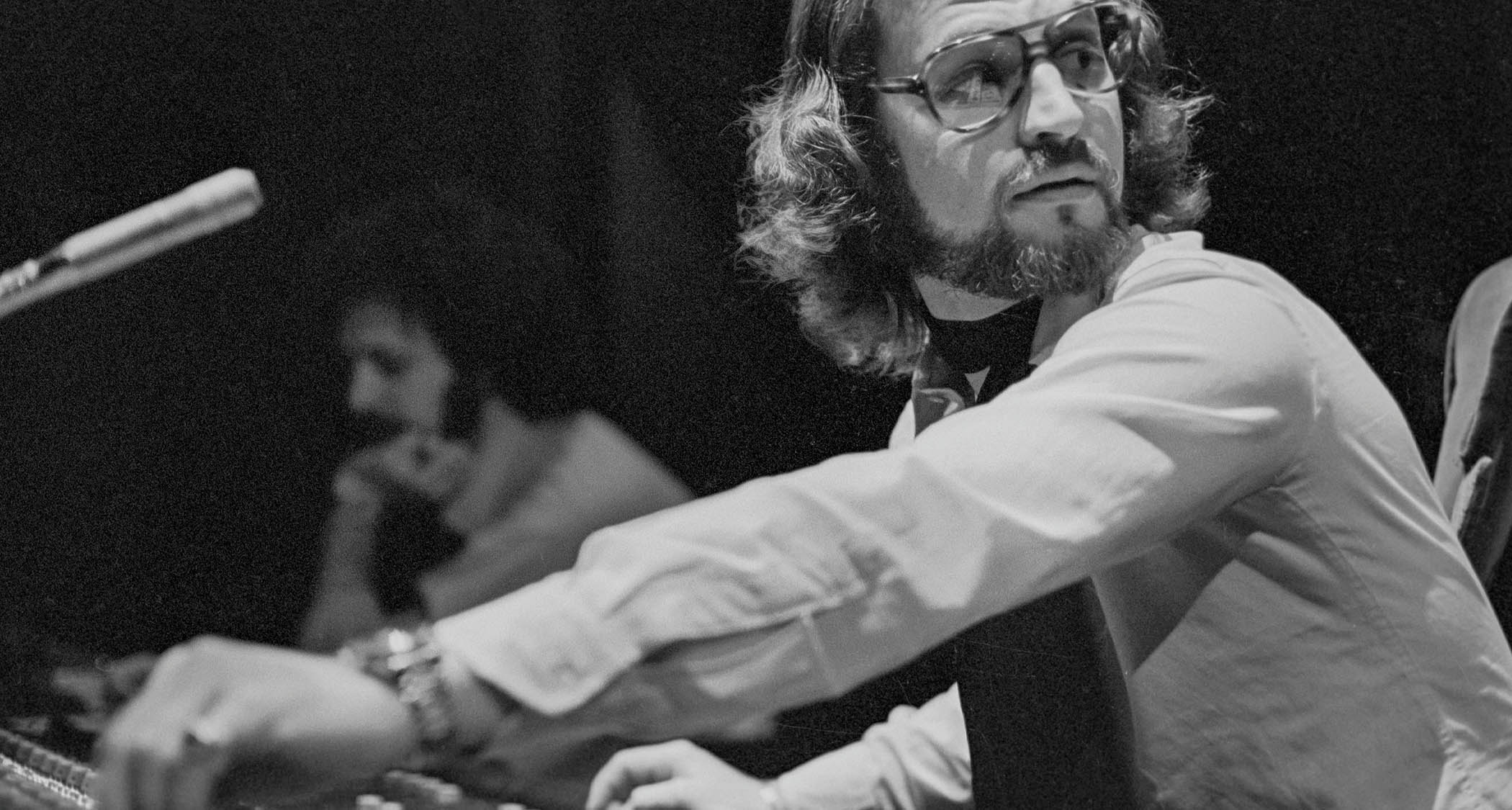
John McDermott: “I think it was an easy switch for Jimi. Once Eddie made the point to him that this could be his creative home, I think that’s when he really seized on that concept. As a commercial enterprise, the nightclub business was much more rough and tumble in those days.
“If you think about Cerebrum or the Generation Club or The Scene – none of which worked – I think building a studio was really the wisest move. The idea that somebody like Jimi could come in and successfully manage a club – it just wouldn’t have lasted. Unlike the studio, which is still here today.”
How much of a wreck was the original site?
John: “The Hendrix family was able to purchase the photography that documents the construction of the studio. And it truly was a mess. Y’know, they’ve got this problem, that problem, they hit water underneath the studio. It spiralled to the point where, as you’ll see in the film, he had to go to Warner Brothers to get a $300,000 loan to finish the studio. Which in itself was a ballsy move.
“That was an enormous amount of money back then. It came at a difficult time for Jimi. He was in litigation with Ed Chalpin over the old Curtis Knight recordings. He had [financial] obligations that seemed unrelenting. So it was difficult to be able to have the cash to simply move forward and get it done.”
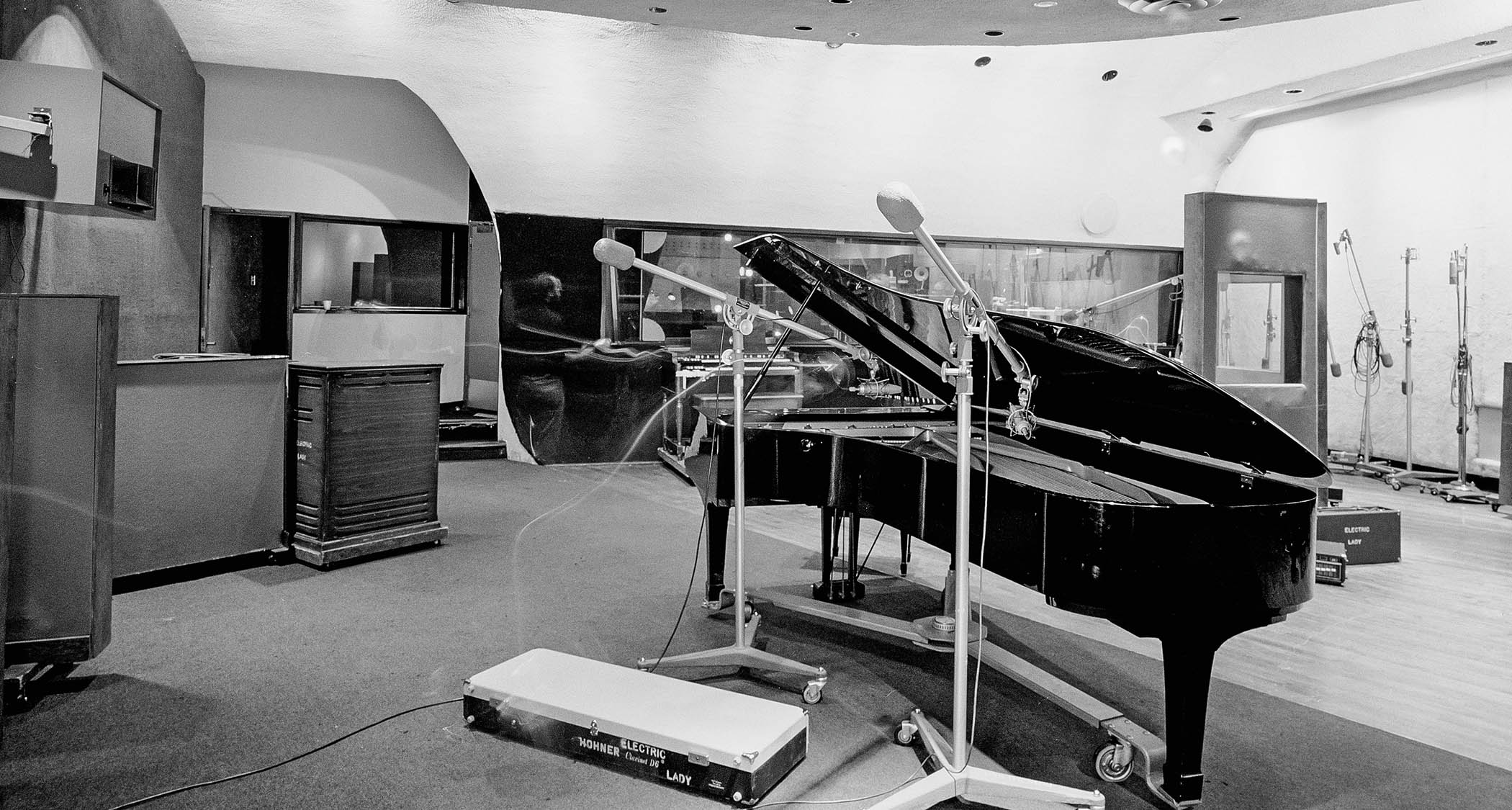
How did it feel to finally see that derelict shell become a psychedelic spaceship?
Eddie: “Well, I love your description of the spaceship. It looks like something out of Star Wars. Another cool thing was the colours. There were these bloody great big coloured spotlights, in various shapes and sizes. And then, in the control room, you had pro theatre lighting – none of that electronic digital shit, this was the real deal. I almost felt like you could play those lights like I could play the console.
Jimi would say, ‘Hey man, I want green over here, purple over there,’ and we’d just dial in this beautiful vibe, which helped to create the atmosphere of the music
Eddie Kramer
“Jimi would say, ‘Hey man, I want green over here, purple over there,’ and we’d just dial in this beautiful vibe, which helped to create the atmosphere of the music. He’d be like, ‘Give me red, man.’ And that would mean distortion.”
John: “There was no studio construction industry back then. They were winging it. It wasn’t as if they were hiring a major company who had built 12 studios before. They were hiring technicians, craftsmen, who could bring [architect] John Storyk’s drawings to life. The round windows, the carpeting on the wall, the coloured lighting – Jimi was looking for a comfortable environment to be creative.
“And for someone like Hendrix – who had known poverty, right there in the rear-view mirror – it had to be exhilarating to think, ‘I’m on the cusp of having this unimaginable place and I can come down here any time I feel like it.’ At that point, you start to have all kinds of collaborative and creative opportunities. It’s like, ‘Hey, Steve Winwood’s in town, let’s ask him to come on over and do something.’ Because now they have the place to do it and no-one is gonna tell them to stop because there’s another group waiting out in the lobby.”
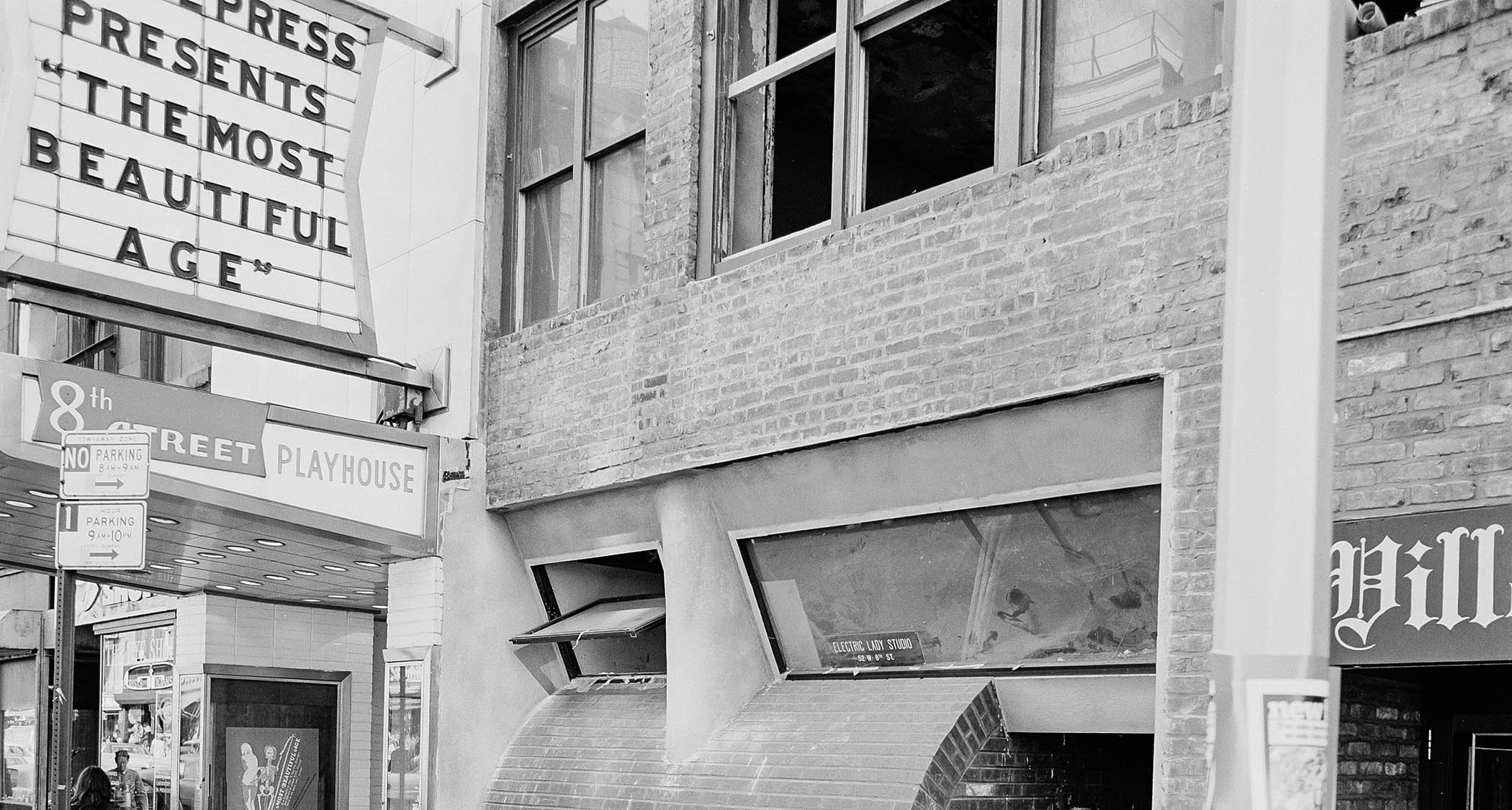
Do you remember Jimi’s reaction when he saw the finished studio?
Eddie: “Oh, he loved it. He came in early every bloody night. It was amazing to see him at the door. Like, ‘Jimi’s ready at seven o’clock, holy crap!’”
Hendrix recorded all over the map, but do you think there was a certain flavour that crept into his guitar playing once he got to Electric Lady?
Eddie: “I don’t know if I would use the term ‘crept in’ – it manifested itself immediately. The energy level was so high. Man, he was on fire. The music took on this high-energy, high-voltage feel – and Jimi is ramping up those performances, and laughing and giggling.
“When you hear the outtakes, it’s wonderful, the rapport between him, myself, the band, even the roadies. It was a joy to be there. The three of them [Hendrix, drummer Mitch Mitchell and bassist Billy Cox] were just fantastic together. Their brains were on fire. You could tell. There was this fabulous energy, that sparkle in the studio.”
Why was Electric Lady such a good recording space for guitar?
Eddie: “Well, we lucked out. I mean, John Storyk had never designed a studio in his life before. But we had a very good acoustician who helped us. If you look at the shape of the room, the ceiling sloped up to the highest point, which was right by the control room. The way the plaster was laid up into that ceiling, one half of the room sounded live and the other half sounded kind of dead and down.
“It just became this magic formula. Drums and bass sounded great. Guitar sounded amazing – because if Jimi was overdubbing a solo, we would just open up all the screens in the studio. I could stick a mic at the back end of the room, and you’d hear the guitar at the front, but then you’d also hear this beautiful decay. When that was mixed in, the guitar sounded frickin’ enormous.”
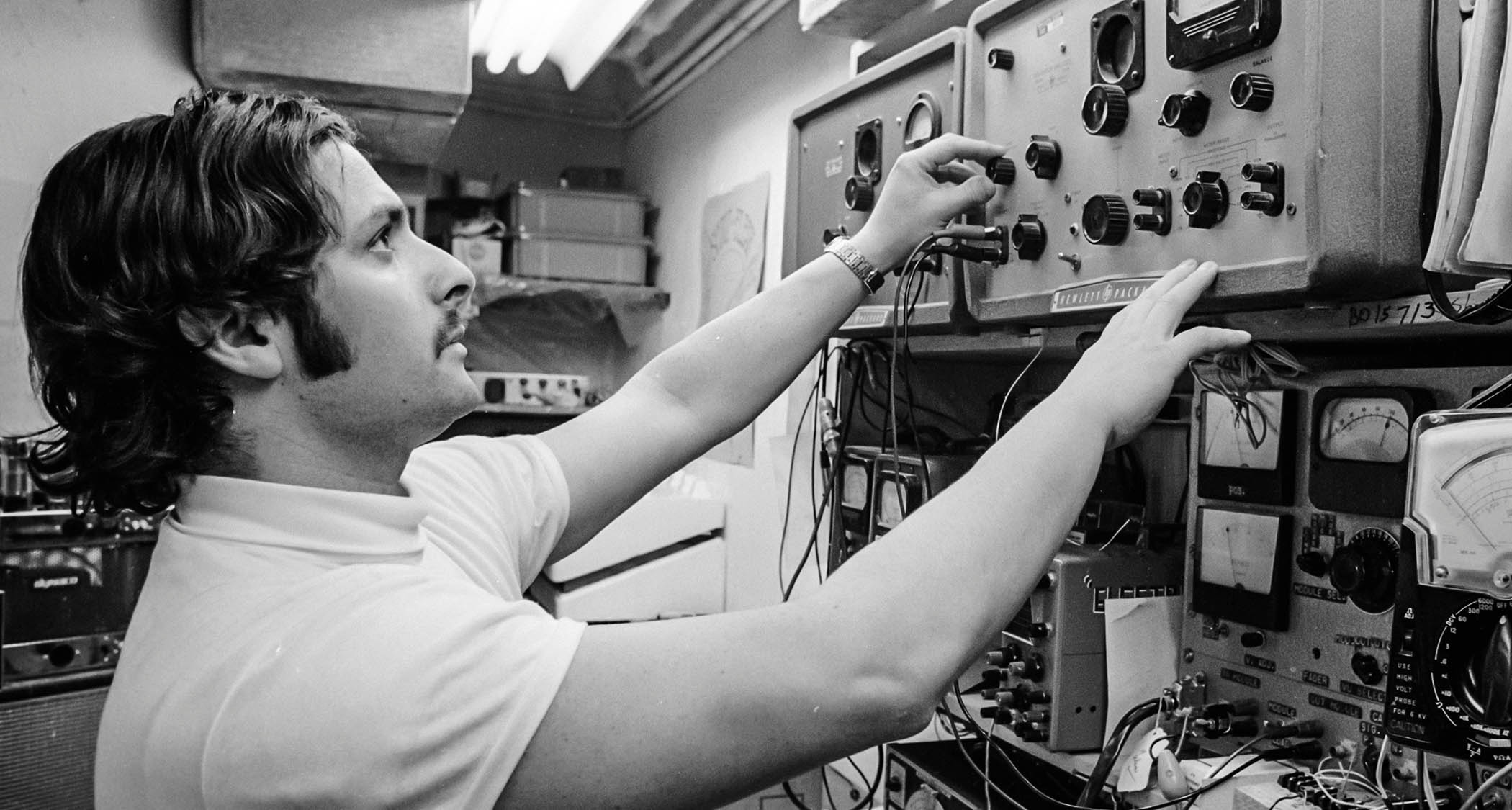
Another departure from the norm was that Electric Lady had a huge control room.
Jimi would say, ‘Hey man, can I play my guitar in the control room?’ ....he’s sitting there listening, like, ‘Ah, so that’s what it sounds like on the big speakers’
Eddie Kramer
Eddie: “Yeah. Today, of course, everybody sits in the control room to overdub guitar, but nobody was doing that in those days. Jimi would say, ‘Hey man, can I play my guitar in the control room?’ He’d get this long cord, jack a few things, find a place to plug it in. And then he’s sitting there listening, like, ‘Ah, so that’s what it sounds like on the big speakers.’ And we’d say, ‘This is Jimi’s jack, nobody messes with that.’
“We were one of the first studios to have 24-track, and I did the same thing with the console, making sure that we were able to cut 24 tracks. So we felt we needed a bigger control room with more depth than standard. When you were sat at the desk, you’d be looking at four huge monitors. There’d be two horizontal Altecs and two vertical ones, and the idea was to be able to have four-track monitoring.
“Plus, if you look at where the console ended, there was this drop-down and this beautiful bench below, all done in velvet for Jimi’s guests. So they were out of sight, thank God. It was like, ‘Shush down there!’ You could have 10 people in there and it wouldn’t bother you. But at Electric Lady, there were only ever a few hangers-on.”
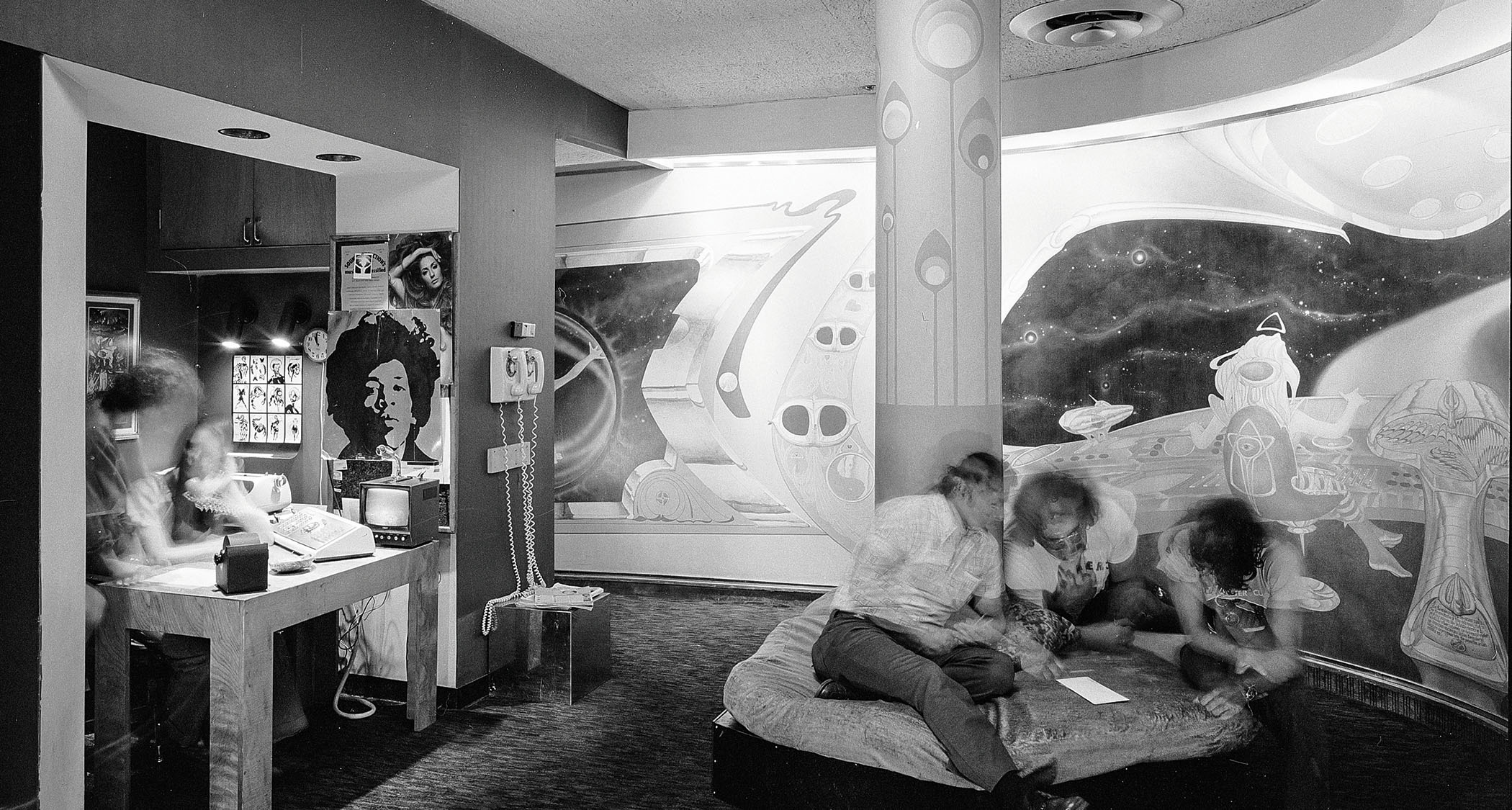
Where did Jimi keep his guitars and amps at Electric Lady?
Eddie: “The guitars were mostly kept at his apartment because he lived just around the corner on 12th Street. With recording, sometimes, he might use a Gibson – just for the tone difference – but 98 per cent of the time at Electric Lady it was the Strat. And Marshall was front and centre.
“Obviously, on the Electric Ladyland album, there were a couple of tracks where it was a huge Fender amp with, like, eight speakers, and that’s what gave it that crazy bottom-end. But in that late period, Marshall was his go-to. That and the pedals. I think Roger Mayer had done some more tweaking. But there were so many other companies coming to him by then. Gibson gave him some crazy-ass pedals in those days.”
John: “You gotta think about this: when they started at Electric Lady, yes, it was operational, but the freight elevator didn’t work yet. So they had to hump that stuff by hand down those long stairs. So they had some stuff like amps in lockers, so Jimi didn’t necessarily have to take his Marshalls out and bring them back in.”
Jimi only got about 10 weeks at Electric Lady. But as the new boxset reminds us, he nailed some great tracks in that period.
Eddie: “Well, you look at the tape boxes and how far back a track like Dolly Dagger goes, how many overdubs were done – it was a work in progress and Jimi wasn’t satisfied until it was the way he heard it in his head. It’s a complex track, a lot going on.
“There were so many intense overdubs that we would have to punch in. I would even have to cut the tape to make sure we didn’t get any overrun, then splice it back together. Freedom – same thing. Same intensity. Same attention to detail.”
John: “The interesting thing about Electric Lady is that you were able to build the complex tracks there. For example, Freedom, if you go and listen to the West Coast Seattle Boy boxset, there’s a May ’70 live take, just the three guys on the floor instrumentally doing Freedom because they’re still developing it. But by the time you move the needle forward, timeline-wise, to June and July of 1970, they’ve built it up to this thing.
“You take a track like Night Bird Flying, let alone Dolly Dagger, and think about all the guitar overdubs interlaced through that piece. I mean, that comes with continuity. You can’t get that from going to the Record Plant, coming back three weeks later, trying to restart it again.
“Jimi wasn’t someone who would be able to present guys with charts and say, ‘Okay, play this, do this, you’ll come in here.’ But so much time was jamming these songs in that room at Electric Lady that it became, like, ‘Do you hear where I’m trying to go with this?’ And as Eddie said, because they were so in tune, they were able to quickly get it. Like, ‘Okay, yeah – here we go.’”
Eddie, you spoke to Jimi for the final time at Electric Lady, when he phoned to suggest you join him in London to record there instead?
Eddie: “Yeah, that phone call was very interesting. I reminded him, ‘But Jimi, we’ve just spent all this money and it’s a gorgeous studio.’ And he was like, ‘Yeah.’ Almost like he was snapping back to reality. He told me, ‘I’ll see you in about a week.’ He knew he had to come back and finish the album. And he was looking forward to it.”
John: “Had Billy never gotten ill and had to leave the tour, and Jimi had just finished the shows and come home, you never know what would have happened on September 18. He might have been somewhere else that day. You just never know. Life doesn’t work that way.”
Do you feel like Hendrix had more to give as a guitarist, had he lived?
Band Of Gypsys was the key that opened the door because not only did it yield a fantastic album, but it also had that funk, blues, tough R&B vibe, which led to this beautiful open space for him to jam
Eddie Kramer
John: “Oh God, yes. Listen to the Monterey performance of ’67 – which is an all-time classic – and then go two years later to listen to Machine Gun. Again, you’re talking about three pedals, a guitar and Marshall amps. So it isn’t as if there’s some kind of magic technology going on.
“It’s still one guy, two hands, making sounds that nobody else had ever made before. So that’s the great tragedy of this. I mean, as you listen to Night Bird Flying, you think, ‘Wow, think of what the next record could have been, with him trying horns and more keyboards.’ Who knows?”
Eddie: “John’s absolutely right. Jimi was on a rise, no question. I think the Band Of Gypsys was the key that opened the door because not only did it yield a fantastic album, but it also had that funk, blues, tough R&B vibe, which led to this beautiful open space for him to jam and really just stretch out for 15 minutes. That was the stepping stone. So his death was not only a shock to everybody, but it was premature in the sense of what he was thinking musically.”
Finally, bands who record at Electric Lady Studios often say they can still sense Hendrix’s presence. What do you think?
Eddie: “Oh, unquestionably. Y’know, you’ll be mixing something, and it’s like you get a little tap on your shoulder: ‘You might not want to do that drum fill like that.’ That studio has a mystique. I know musicians who are very empathetic and they walk in that room and they immediately feel something. And that’s Jimi.
“They go, ‘Okay, I can make some nice music in this place.’ And they feel relaxed and the creative juices start to flow. It could be coincidental – but I like the other story.”
- Electric Lady Studios: A Jimi Hendrix Vision is out now on Experience Hendrix, LLC and Legacy Recordings
Henry Yates is a freelance journalist who has written about music for titles including The Guardian, Telegraph, NME, Classic Rock, Guitarist, Total Guitar and Metal Hammer. He is the author of Walter Trout's official biography, Rescued From Reality, a talking head on Times Radio and an interviewer who has spoken to Brian May, Jimmy Page, Ozzy Osbourne, Ronnie Wood, Dave Grohl and many more. As a guitarist with three decades' experience, he mostly plays a Fender Telecaster and Gibson Les Paul.
You must confirm your public display name before commenting
Please logout and then login again, you will then be prompted to enter your display name.
“The Beyoncé effect is, in fact, real. I got a lot of traffic just from people checking the liner notes”: With three Grammy wins and plaudits from John Mayer, Justus West is one of modern session guitar’s MVPs – but it hasn’t been an easy ride
“You might laugh a little. The post office shipped your guitar to Jim Root”: This metal fan ordered a new guitar from Sweetwater – but it ended up with the Slipknot guitarist







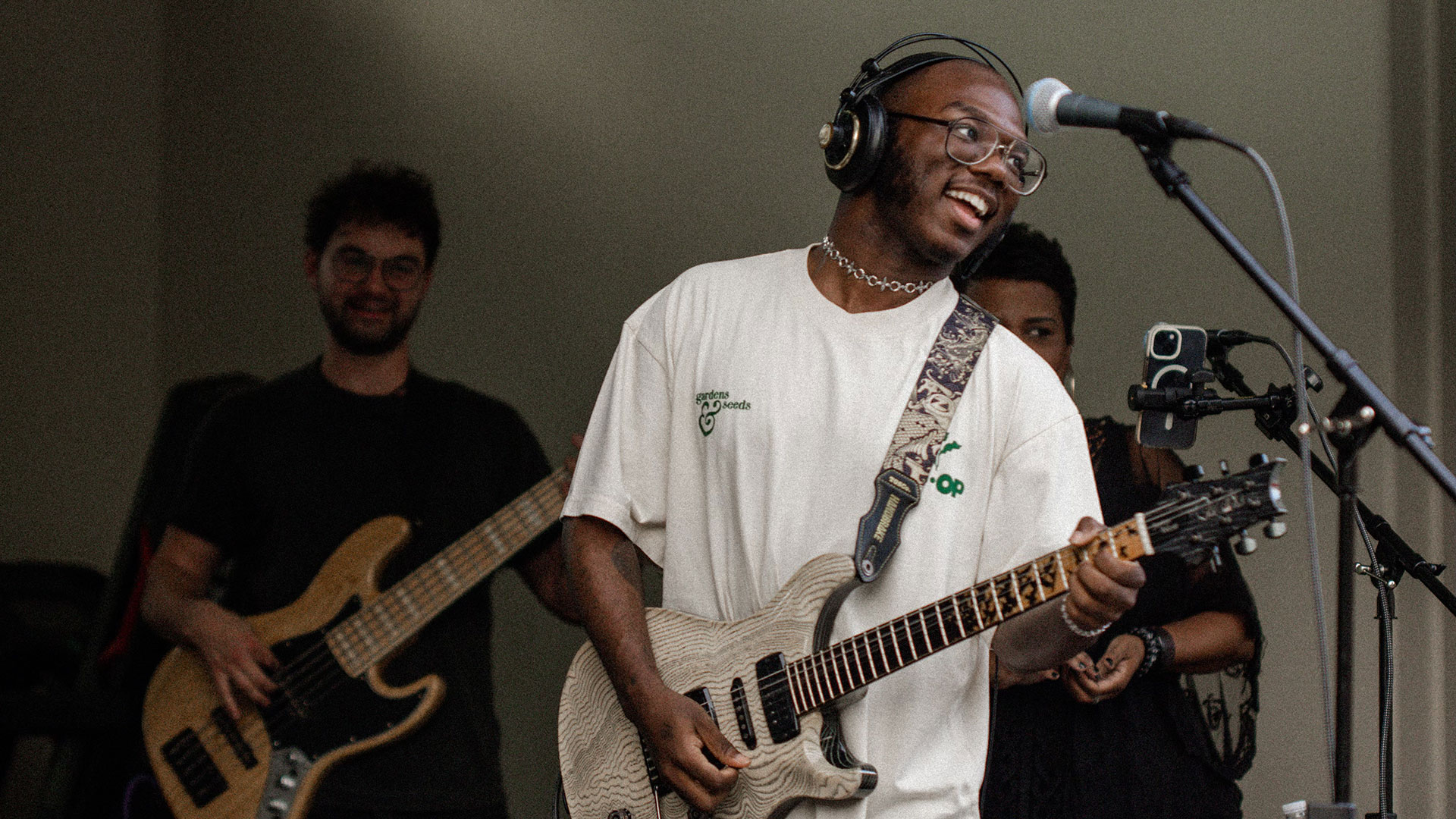
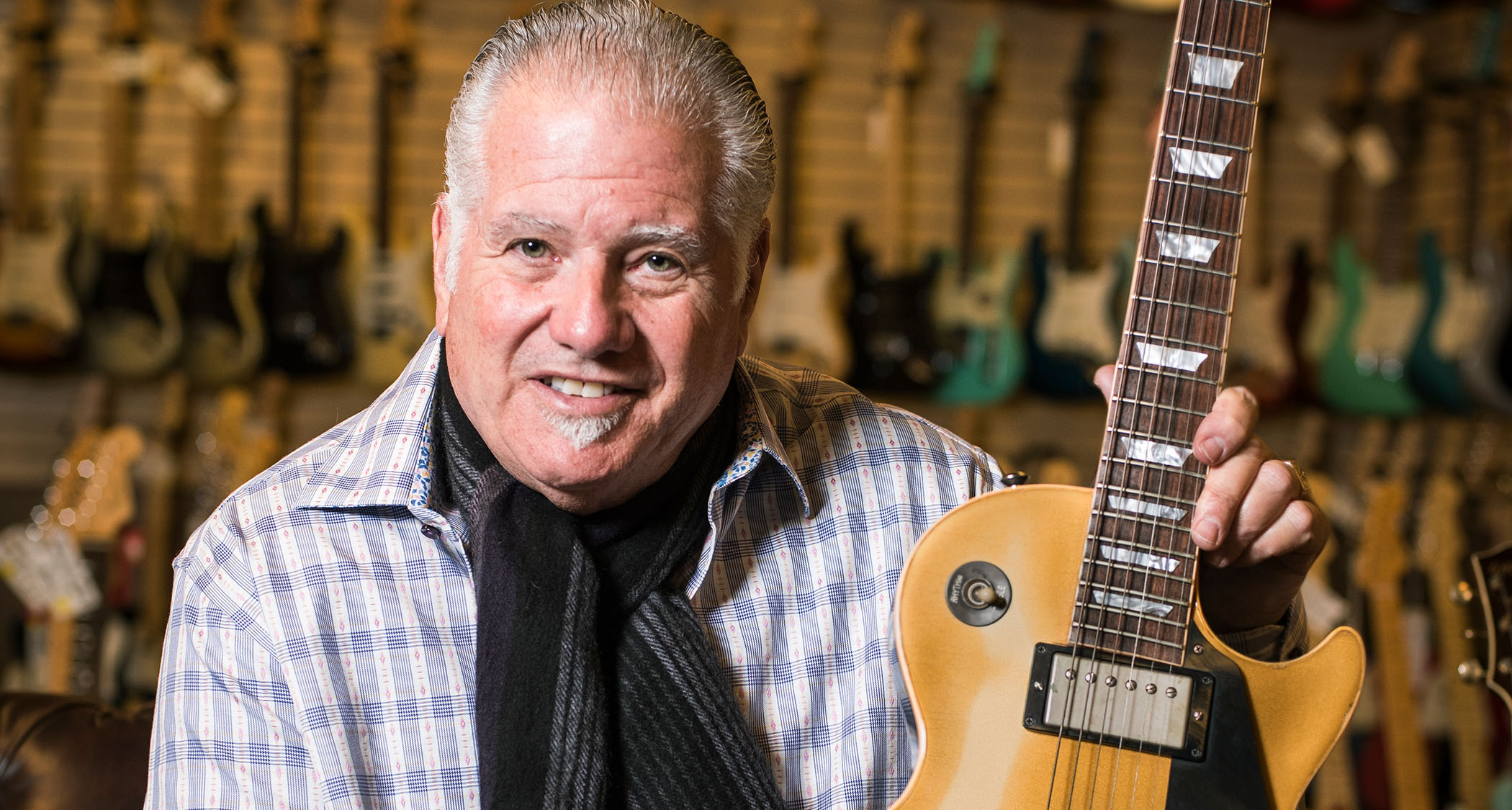
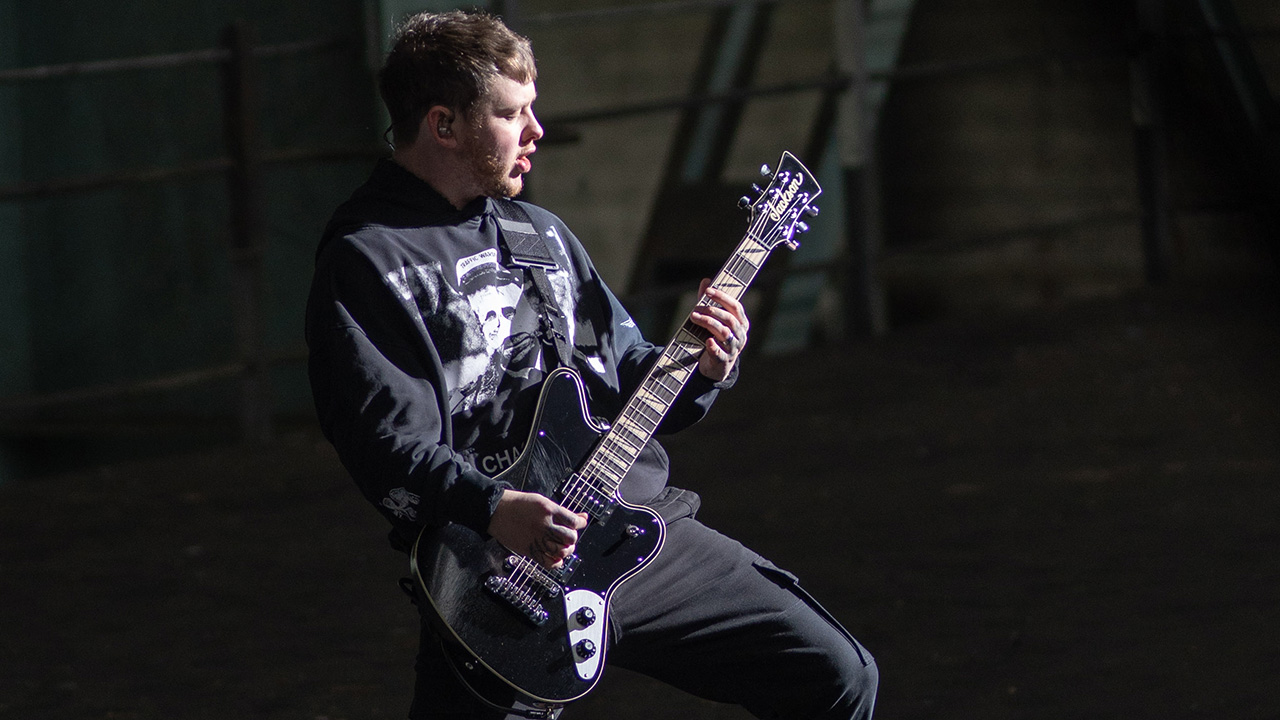
![John Mayer and Bob Weir [left] of Dead & Company photographed against a grey background. Mayer wears a blue overshirt and has his signature Silver Sky on his shoulder. Weir wears grey and a bolo tie.](https://cdn.mos.cms.futurecdn.net/C6niSAybzVCHoYcpJ8ZZgE.jpg)
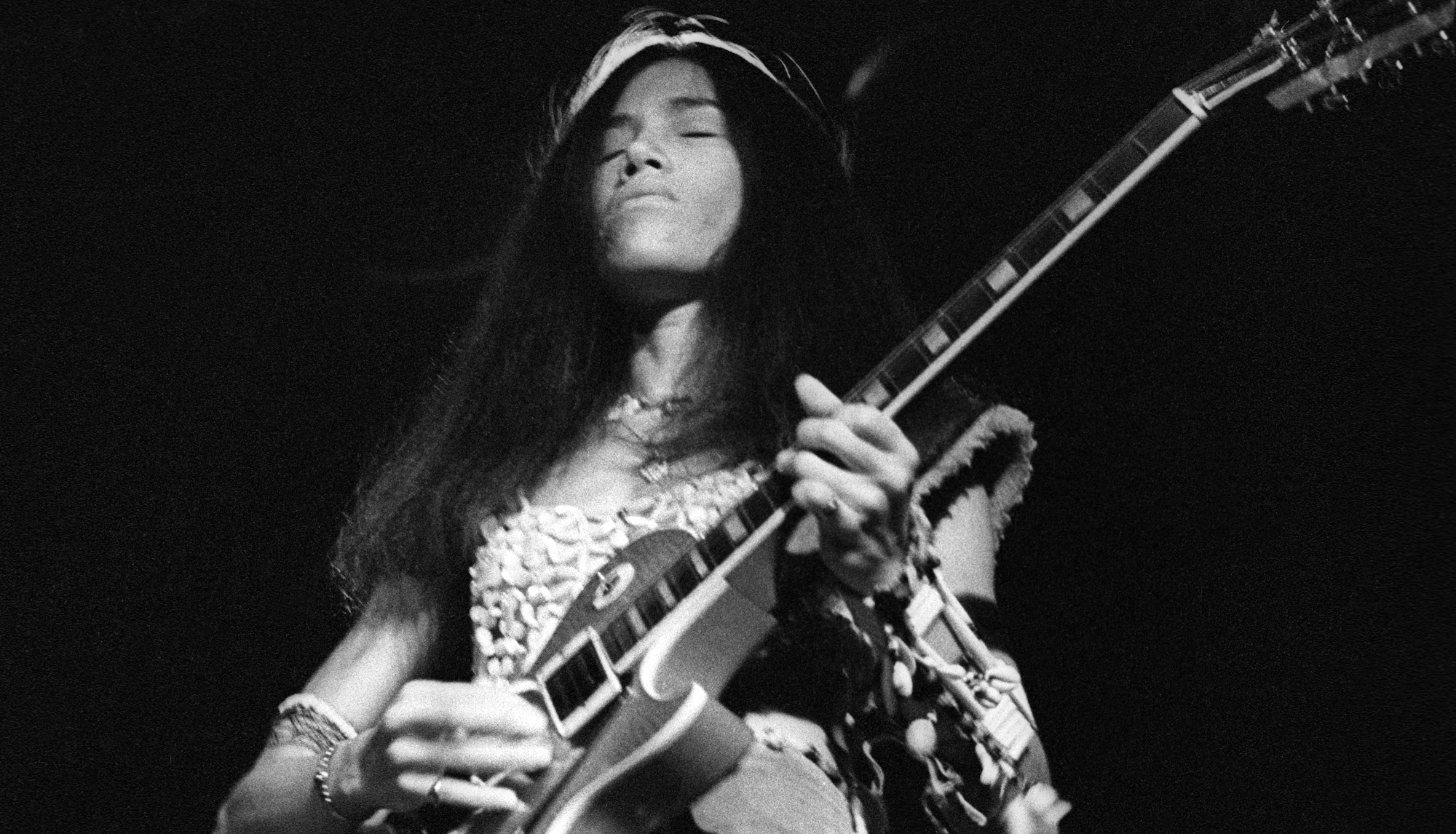
![A black-and-white action shot of Sergeant Thunderhoof perform live: [from left] Mark Sayer, Dan Flitcroft, Jim Camp and Josh Gallop](https://cdn.mos.cms.futurecdn.net/am3UhJbsxAE239XRRZ8zC8.jpg)
